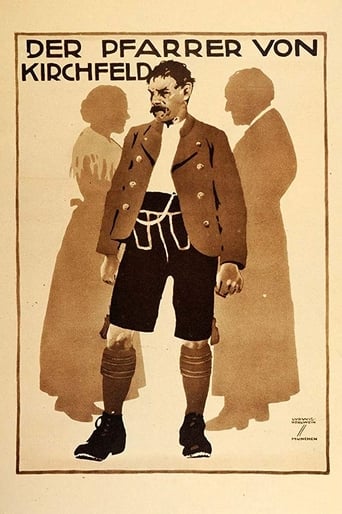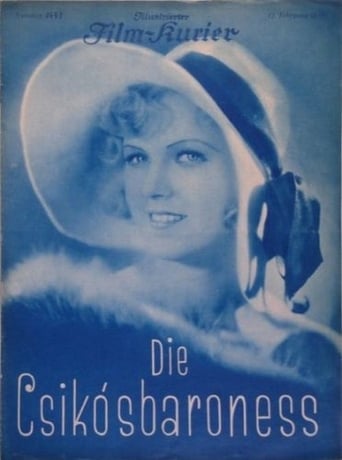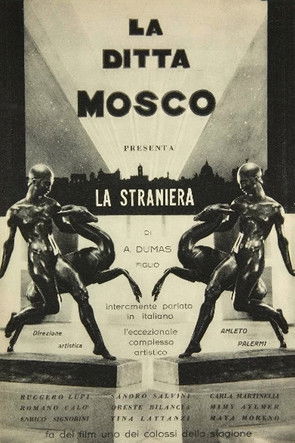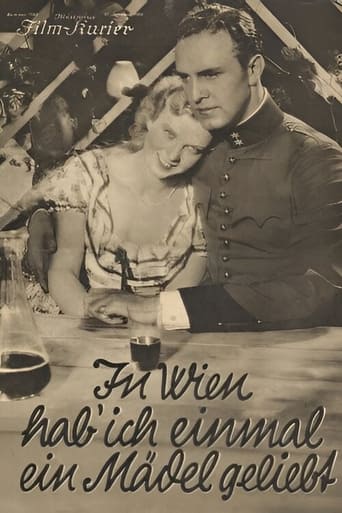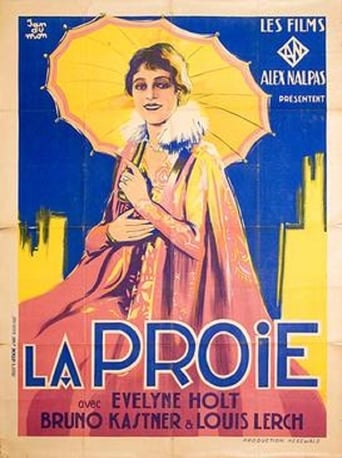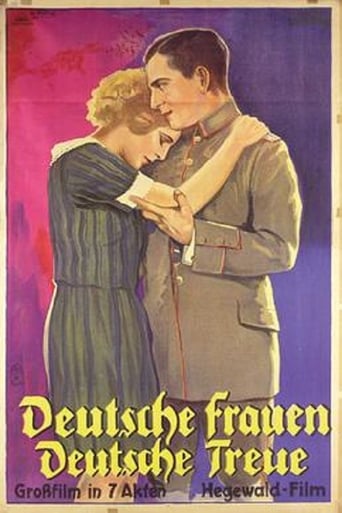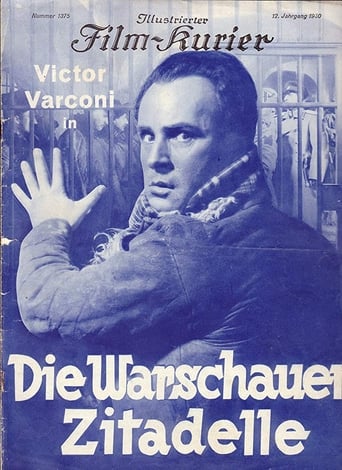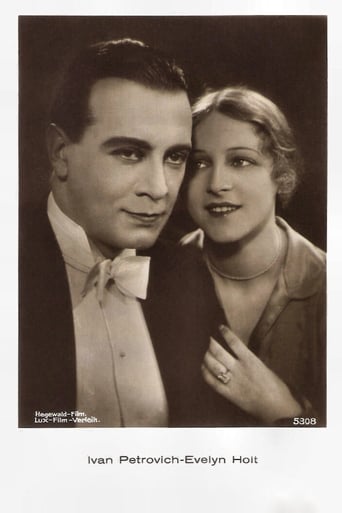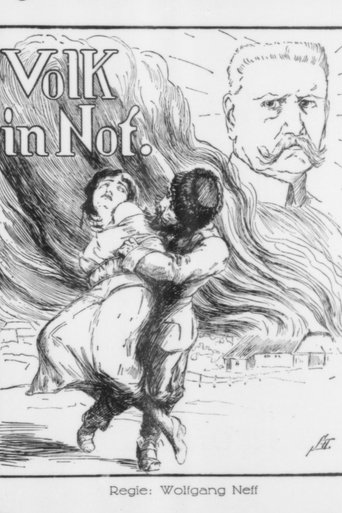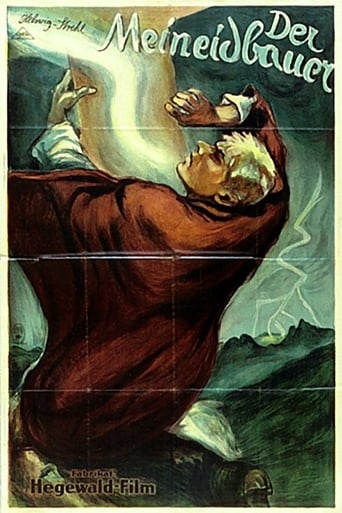Hegewald Film
The Csikos Baroness 1930
La straniera 1930
Once I Loved a Girl in Vienna 1931
A musical about love that spans the period before and after the Great War in the Austro-Hungarian empire.
Fair Game 1928
Ehegeheimnisse 1927
The Prince's Child 1927
Based on the operetta of the same name.
The Warsaw Citadel 1930
In the 19th century, Polish patriots rise up in Warsaw against domination by the Czar of Russia.
The Stranger 1931
Schoeller's Boarding House 1930
Adaptation of a popular comedy: When the country uncle he has been bilking comes to town to visit, a young student takes him to a boarding house full of exaggerated eccentric characters.
Viennese hearts 1930
Liebelei 1927
Film by Jacob and Luise Fleck.
Crucified Girl 1929
The young student Mary spends the beginning of her holiday with boat trips, visits to her wealthy groom, and gardening. In fast-paced, rhythmic cuts, Louise and Jakob Fleck draw their audience into a carefree, urban romantic comedy. With a single scene, however, it turns into a melodrama about sexual violence, shame and perpetrator-victim reversal.
A Girl from the Reeperbahn 1930
Lighthouse keeper Uwe Bull lives with his wife Hanne and the silent assistant Jens in a secluded, small world. When the only survivor from a shipwreck, young Margot from Reeperbahn, is washed up on the island, Uwe's feelings arouses. But dark clouds appear in the sky.
Frauenarzt Dr. Schäfer 1928
The respected gynecologist Prof. Hausen is averse to performing abortions. In contrast, his up-and-coming colleague Dr. Schäfer sees abortion as a means of helping women in need and openly advocates an amendment of the law. The professor’s convictions are shaken when misfortune befalls his own family. Louise Fleck presents her drama about the untimeliness of restrictive abortion legislation against the backdrop of modern urban reality. Seriousness, however, is preserved, because topics such as unwanted pregnancy, sexual violence, and the consequences of improperly performed abortions are not only addressed through minor characters, but also placed at the center of the cinematic narrative. (Anna Dobringer)
